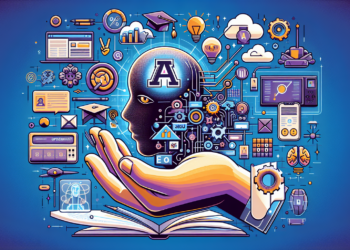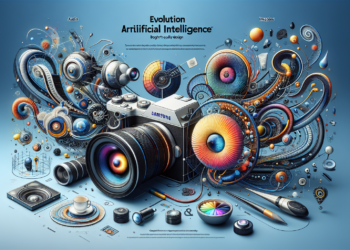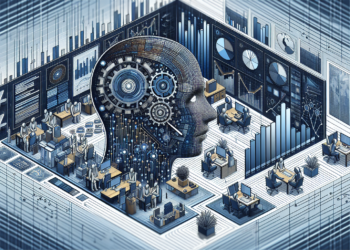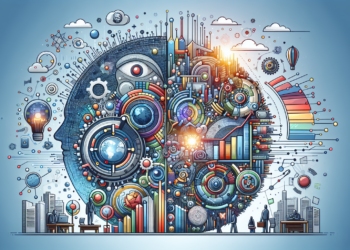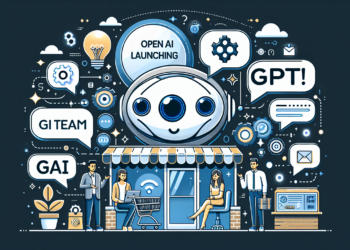As we move into 2024, artificial intelligence (AI) continues to redefine the employment landscape. While tech giants such as Amazon, Meta, and Capital One are creating over 10,000 AI-related jobs, a complex dynamic emerges: the rise of new job opportunities versus the challenges of automation and the potential loss of traditional jobs.
Increase in AI Jobs and Diversification of Roles
AI has opened up a vast field of job opportunities. Roles in this sector range from software development and data analysis to applications in healthcare, finance, and beyond. This diversification illustrates how AI is not an isolated bubble but an ecosystem that intertwines with multiple industries.
The Impact of Automation on Traditional Jobs
However, the growth in AI-related jobs carries an unavoidable reality: automation may lead to a reduction in jobs in certain sectors. Repetitive tasks and operational functions are increasingly being replaced by automated systems, raising questions about the future of work in areas such as manufacturing, customer service, and administration.
Adaptation as the Key to the Future of Work
In the face of these changes, adaptation and continuous learning become crucial. Education and vocational training are evolving to prepare workers for a future where AI and automation play a pivotal role. Reskilling and upskilling emerge as fundamental tools for those whose jobs are at risk due to automation.
Ethical and Socioeconomic Challenges
This scenario also raises significant ethical and socioeconomic challenges. How do we ensure that the benefits of AI are distributed equitably? How do we support communities and workers most affected by automation? These questions are critical to ensuring a fair transition towards a more automated economy.
The Role of Public Policy
Public policy plays a vital role in shaping an equitable work future in the age of AI. Initiatives such as universal basic income, digital skills training, and inclusive employment policies can be key to mitigating the adverse effects of automation and ensuring that no one is left behind.
Conclusion
2024 presents itself as a year of contrasts in the labor world, marked by the surge of AI. On one hand, we witness an expansion in employment opportunities and a new horizon of professional possibilities. On the other, we face the challenges of automation and its implications for the job market. The key to navigating this change lies in adaptation, reeducation, and a robust policy response, ensuring that technological advancement benefits the entire society.


